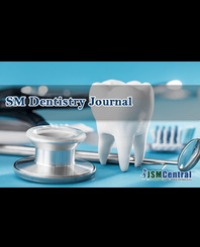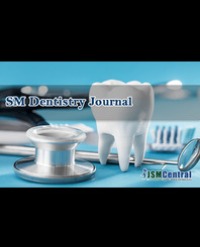
Achieving Harmony between Pink and White in Fixed Prosthodontics
Aesthetic restorations are designed to create morphological and color harmony with natural teeth, gingiva, lips and face. Disciplines including Prosthodontics, Periodontology and dental technology are involved in accomplishing the treatment goals. To achieve an optimal aesthetic result, the dentist must be familiar with characteristics such as tooth shape, color and gingival aesthetic features as important elements involved in creating aesthetic smile. As gingival levels have direct impact on aesthetics, there is no doubt that establishing the correct one for each individual tooth is the key in the creation of harmonious smile those evaluation is the f irst step in oral rehabilitation. Periodontal therapy plays a great role in correcting gingival defects. It provides the opportunity to recreate a harmonious gingival architecture and correct Zenith location with reference to normal anatomy. In addition, it offers more retention for the restoration by increasing the prepared tooth surface which is beneficial for etention.
Nissaf Daouahi1* and Dalenda Hadyaoui2



